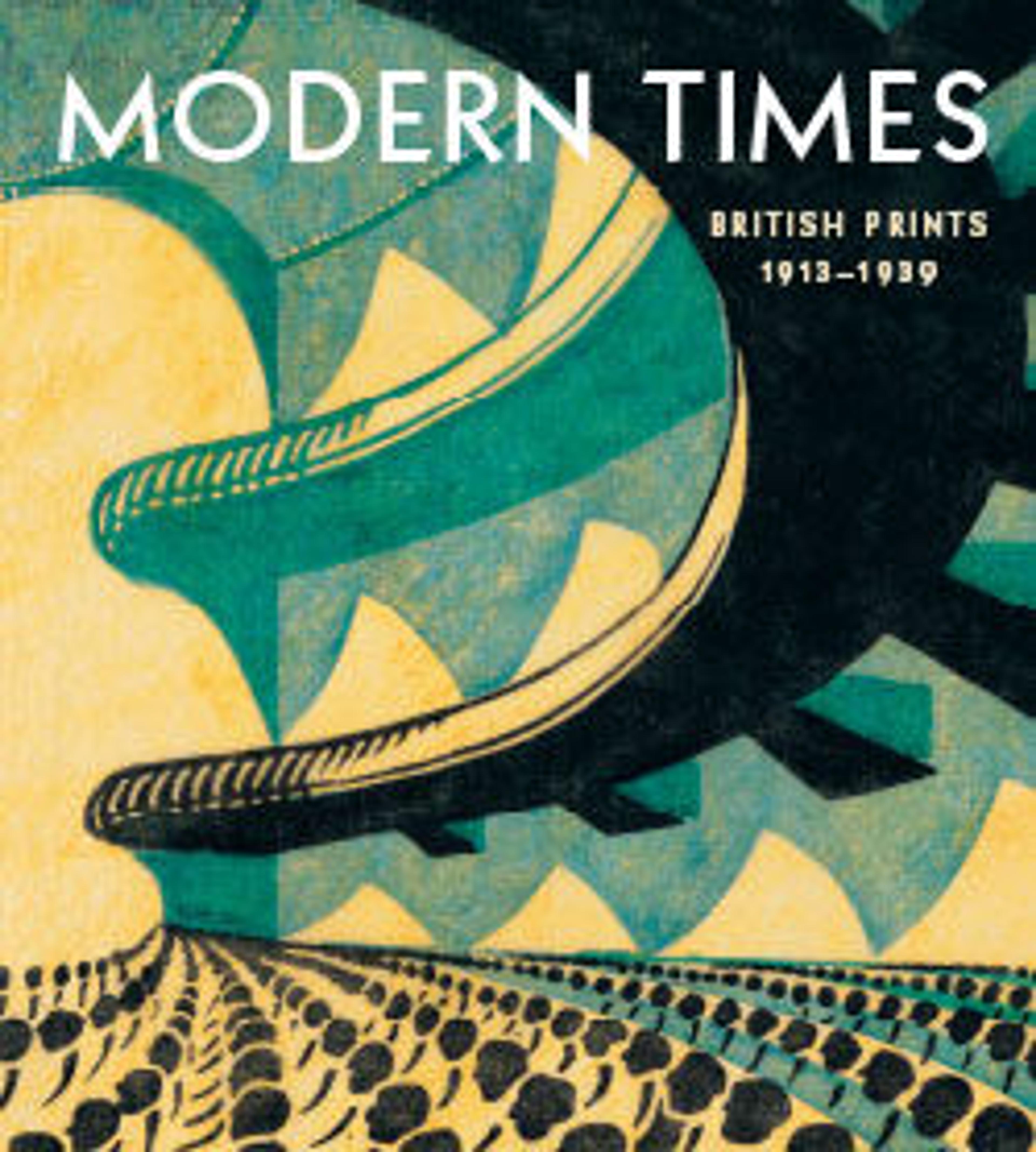Three Speeds
Three Speeds is closely related to Flight's linocut Speed, which was made the same year; in both works, Flight portrayed a quotidian experience of urban living—that of commuting—and endowed it with modernist qualities. Here, the celebrated double-decker bus is more streamlined than in Speed, reduced to alternating stripes of red and white, with signage and other distractions eliminated. Its sleekness and size convey a sense of motion (or its potential) and efficiency in moving large groups of people, even though only the driver is shown and the bus appears to be stopped. Gathered on the street are small groups of people, presumably awaiting transportation. As the lines they fall into recede into the distance, their forms become increasingly reductive, creating a sense of anonymity and interchangeability.
Artwork Details
- Title: Three Speeds
- Artist: Claude Flight (British, 1881–1955)
- Date: ca. 1922
- Medium: Color linocut on Japanese paper
- Dimensions: Sheet: 10 × 12 in. (25.4 × 30.5 cm)
Image: 9 1/16 × 11 3/16 in. (23 × 28.4 cm) - Classification: Prints
- Credit Line: Purchase, Leslie and Johanna Garfield Gift, Lila Acheson Wallace, Charles and Jessie Price, and David T Schiff Gifts, The Elisha Whittelsey Collection, The Elisha Whittelsey Fund, Dolores Valvidia Hurlburt Bequest, PECO Foundation and Friends of Drawings and Prints Gifts, and funds from various donors, 2019
- Object Number: 2019.592.357
- Curatorial Department: Drawings and Prints
More Artwork
Research Resources
The Met provides unparalleled resources for research and welcomes an international community of students and scholars. The Met's Open Access API is where creators and researchers can connect to the The Met collection. Open Access data and public domain images are available for unrestricted commercial and noncommercial use without permission or fee.
To request images under copyright and other restrictions, please use this Image Request form.
Feedback
We continue to research and examine historical and cultural context for objects in The Met collection. If you have comments or questions about this object record, please complete and submit this form. The Museum looks forward to receiving your comments.
